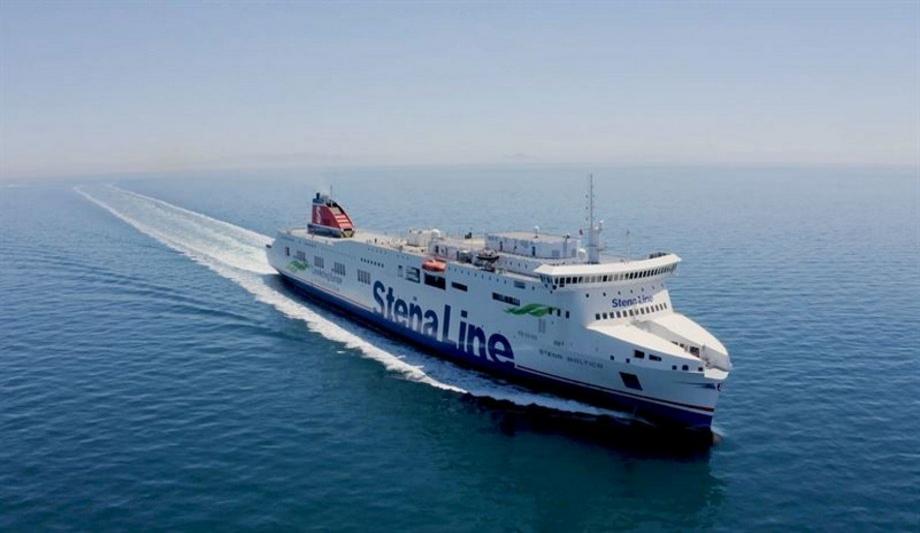With the continued expansion of Stena Line’s operations in the Baltic Sea, on 19 January, 2022, the new ferry - Stena Baltica has made its maiden voyage on the Ventspils‒Nynäshamn route. Henceforth, it will share this route with Stena Scandica, replacing Stena Flavia, which will join Stena Livia on the Liepāja–Travemünde route.
Stena Baltica
Stena Baltica is identical to the Stena Scandica, which has operated between Ventspils and Nynäshamn since the summer of 2021. It is 222 metres long and has 202 cabins. It can accommodate 970 passengers, and has freight capacity of 2875 lane metres, as well as an extra car deck.
The ferry’s interior has been refurbished and offers new cabin categories, spacious shops with great deals, lounge areas and several dining facilities, as well as a sundeck.
New vessels offer more freight capacity and cabin space
Stena Scandica and Stena Baltica provide 30% more freight capacity and 70% more cabin space"
Johan Edelman, Stena Line Trade Director, Baltic Sea North, said “Transporting passengers and freight in the Baltic Sea region for almost a decade now, we keep constant track of our customers’ needs and demand, and are delighted to improve our customers’ experience. Compared to ferries that previously operated the route, Stena Scandica and Stena Baltica provide 30% more freight capacity and 70% more cabin space, more extensive leisure options, and a more pleasant travel experience on our vessels and routes to and from Latvia.”
Johan Edelman adds, “Both new ferries are outstanding additions to Stena Line’s fleet of vessels for our customers, and this is just the first step on the path to our major plan to double the number of passengers on this Baltic Sea route over a three year period.”
New ferries fitted with several sustainable features
The new ferries are fitted with several sustainable features and fuel efficiency improvements, such as hybrid scrubbers, ballast water cleaning systems and other solutions to offer more sustainable transportation across the Baltic Sea. The increased tonnage also means lower emissions per transported unit.
Ventspils–Nynäshamn is the shortest route between Latvia and Scandinavia and will now be operated by Stena Scandica and Stena Baltica, while the ferries Stena Flavia and Stena Livia will now be deployed on the Liepāja–Travemünde route.












